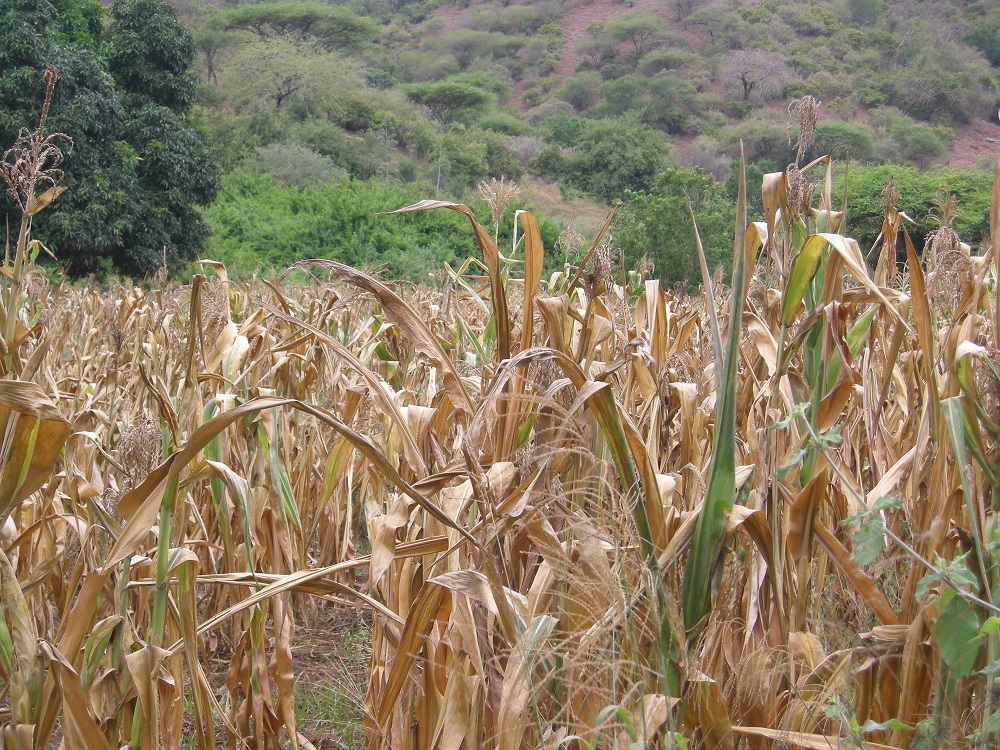
By George Munene
With The Kenya Meteorological Department (KMD) predicting slightly enhanced rainfall in many parts of the country for the month of July, for many farmers grappling with the prospect of whole fields of failed crops, the rains can not come quick enough.
According to The World Meteorological Organization (WMO), the 2020-21 La Niña which ended last month was partly responsible for the dry weather conditions experienced in most parts of Kenya. June 2021 was characterised by dry weather across most of the country according to KMD’s weather review. Even the rainfall recorded in the Highlands West of the Rift Valley, the Lake Victoria Basin, central and south Rift Valley, and the Coastal strip was generally depressed and below the long-term averages recorded in June.
Related News: Scientists introduce 12 superior performing disease & drought tolerant maize varieties
Related News: New drought tolerant forage pearl millet increases milk by 30%
For many of Kenya's farmers who depend on rain-fed agriculture such as Phestus Mbiuki; a maize grower in Tharaka Nithi County; the prolonged dry spell has seen him shift from agitation to resignation as he has had to watch most of his 13 acres of maize wither away.
“I had spent quite a lot in leasing land, hiring mechanised tilling services as well as purchasing inputs such as seeds and fertilizers, in hopes of a bountiful harvest, now all that is lost,” he ruefully shared.
The change in usual weather patterns has made farming an enterprise fraught with risks. According to Relief Web, a global crisis and disasters source, this year, the usual March to May long rains were delayed and cumulative rainfall across most of Northern and Eastern Kenya was less than 55 to 70 per cent of the norm.
Related News: 1Acre Nyasi program—giving livestock farmers tools to repel drought
This poor distribution of rainfall over the long rains the body says is expected to drive poor crop yields in Kenya’s marginal agricultural areas and below-average livestock body conditions in pastoral regions.
















Comments powered by CComment